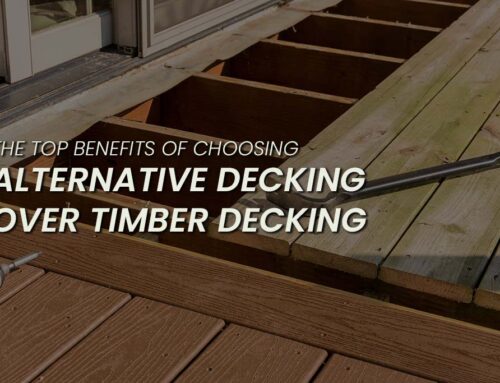More people are turning to composite boards as their go-to material for their outdoor decking needs. Composite boards are made from a hybrid of polymers (recycled plastic) and wood fibres to create a sturdier board. Using the latest technology, crack-resistant composite decking will help create a deck floor that is resistant to rot and water damage and can stand up to extreme temperatures and sunlight.
Composite decking’s growing popularity is due to it being one of the sturdiest and crack-resistant materials you can build your outdoor deck with, especially when compared to the wooden decking options. However, crack resistance doesn’t mean crack-proof. Today, we’re looking at the ways a composite deck can crack and your best option for fixing it.
What causes cracked composite decking?
Knowing the reasons behind a crack is as important as fixing the crack itself. Diagnosing the cause will help you figure out whether this is a one-off issue, or whether you’re likely to have problems in the future. Issues can usually be traced back to poor design choices, misuse or environmental factors.
Foundation issues
A poor foundation can bring down even the most well-designed building project. When building a deck, make sure you’re building your deck on stable land, and that your frame meets all the requirements you’ll need it to. Building a steel deck frame can help create a durable and crack-resistant structure for your deck.
Joist span
One of the most common reasons for cracked boards is the improper configuration of joists. Joists are perpendicular beams which run beneath your deck and provide support to your decking, allowing it to handle the weight. Issues arise when these joists are installed too far apart, as this adds stress to your boards, which will lead to cracking and wear. Different joists require different joist spans, so we cannot emphasise enough how important it is to get this detail right. If you’re expecting high foot traffic on your deck or simply want to make your deck stronger, we recommend having the joists as close together as possible.
Too much weight
When designing your deck, you’ll need to consider what objects you’re planning to put on it and engineer accordingly. For example, if you’re going to have a spa on your deck, you need to account for the weight of not just the tub, but also the water it’ll hold, and the people who’ll be inside it. Misjudging this or putting heavy items on a deck not equipped for them, will add too much pressure and potentially crack your boards. Before placing any especially heavy item, like a hot tub, on your deck, we recommend consulting a structural engineer.
Incorrect decking clip and screw configuration
Decking clips are important because they secure boards to the subframe which assists in load-bearing. Sometimes decks are installed without using the proper configuration of clips, and this results in unequal distribution of weight and weak spots on your deck. When screws or clips aren’t installed properly and/or aren’t well-placed, it weakens your deck’s load-bearing capacity which can lead to cracks.
Moisture
Too much moisture will compromise the structural integrity of any material. If your deck is likely to have heavy water exposure (from rain, pools, and spas) you should consider a composite material that’s not vulnerable to water (for example, our Titanium Range with its non-porous core).
A lack of ventilation and exposure to sunlight can increase a deck’s exposure to dampness. The key is to choose a material which suits your environment and to have adequate drainage and clearance beneath your deck. Again, this shows the importance of a good deck design, as avoiding water stagnation will go a long way to increasing your deck’s lifespan.
How to repair cracks in composite decks

The following is the recommended process for fixing minor cracks in your composite decking. Manufacturers will often recommend a specific solution for their product, so it’s worth investigating this if you can.
Materials needed
- Composite filler
- Putty Knife
- Masking Tape
- Air compressor
Repair steps
- If possible, check both the top and bottom sides of your board to see the severity of the crack. If there is only surface-level damage, you can turn the board over for the time being.
- Use a compressed air nozzle to remove any foreign objects from the crack like sand, dust, resins, debris, twigs,
- Once all debris is removed, use a cloth doused in mineral spirits to thoroughly clean the crack. This is an important part of preparing the crack for the sealant, so be diligent about this.
- We recommend using quality masking tape for this step. Place the tape on both sides of the crack without covering the crack itself. The purpose of this is to protect the rest of the board from the filler.
- Use a utility knife or sharp object to cut the composite filler’s end at an angle that best suits you. Place the end of the composite filler tube into the cracked area and squeeze. Make sure to spread the filler evenly and that it reaches deeply into the crack to create a perfect seal.
- Let the filler dry overnight and remove the tape.
If the damage to your board is severe, either there are huge chips or a hole all the way through, you may need to replace it.
How to prevent cracks in your composite boards
Like most problems, the best solution to cracks in your decking is through prevention. With a little research and some TLC, your composite boards will look great for years to come.
Prevention tip 1: Buy Quality Composite Boards
There’s a difference between cheap and value for money. A cheap board may save you money in the short term but will struggle to last for years. A composite board made from quality materials by a reliable manufacturer is far more likely to provide you with years of quality service. For the best crack resistance, we’d recommend our Next Gen Titanium Composite Boards.
Prevention tip 2: Correct Installation
How well you install your decking will make all the difference to its lifespan. If you’re not a DIY person, this is a big project for beginners. Unless you’re confident in what you’re doing, it’s worth hiring a professional to build your deck for you.
Prevention tip 3: Maintenance and Care
Composite decking requires little maintenance, especially when compared to wood decks. You should still sweep your deck regularly and inspect it every once in a while, and after severe weather. Catching any problems or potential issues will make them a lot easier to solve.
Who repairs composite decking cracks?
The best way to ensure you build the best deck is to have the professional decking experts at Brite Deck on your side. We have over 20 years of experience with composite decking and offer a wide range of products. Composite decking is an eco-friendly, cost-effective, low-maintenance, decking solution for your home. Decking is our speciality, so we can guide you through the whole process of choosing the right materials for your deck and offer advice on how to avoid any cracks.
For more information, a free quote or a free sample, get in touch at 1300 481 664 and see why we are the composite decking experts.






